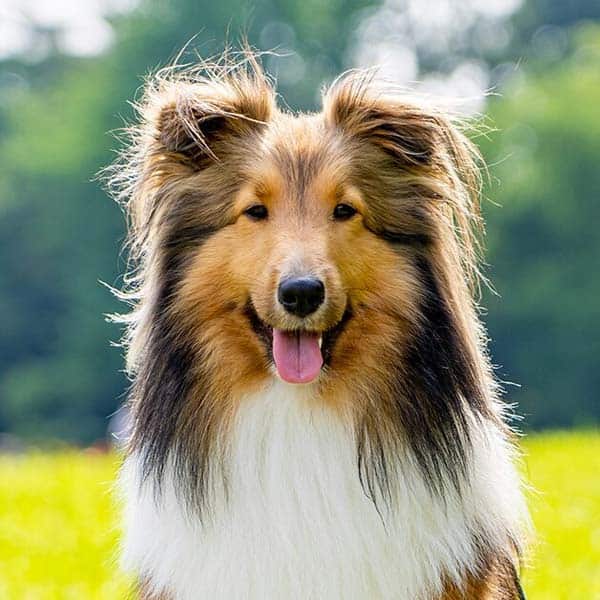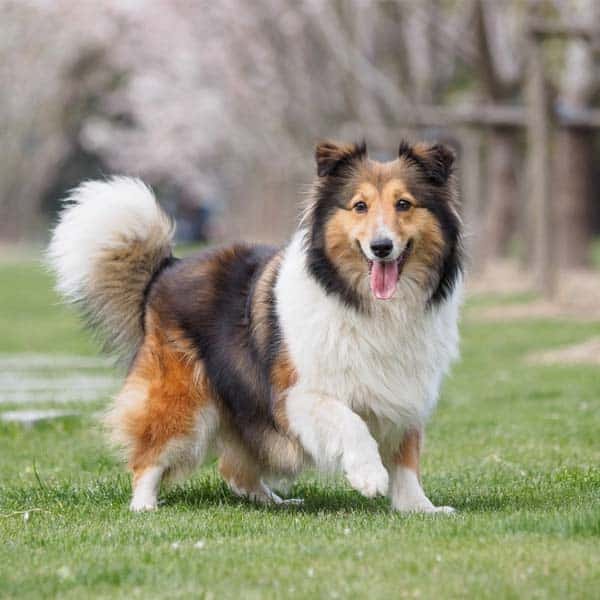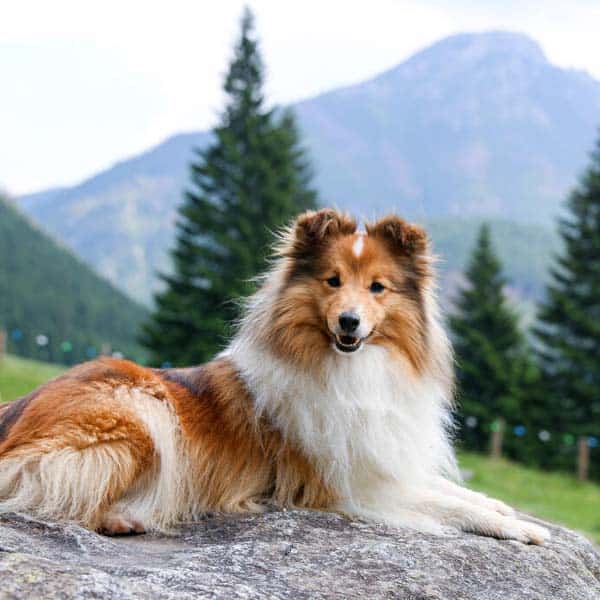Shetland Sheepdogs, also known as Shelties, are a small and intelligent breed of dog that originated in the Shetland Islands of Scotland. These dogs are highly trainable, affectionate, and loyal to their owners. They are often compared to their larger cousins, the Collies, but they have unique features that set them apart. In this article, we’ll explore the history, appearance, temperament, health, exercise and training, and grooming needs of the Shetland Sheepdog breed.

1. History
The Shetland Sheepdog breed is believed to have originated in the 18th century on the Shetland Islands of Scotland. These dogs were bred to help herd and protect the local sheep flocks. They were later introduced to England and the United States in the early 20th century, where they quickly gained popularity as companion dogs. The breed was officially recognized by the American Kennel Club (AKC) in 1911.
2. Appearance
Shetland Sheepdogs are small dogs that weigh between 15 and 25 pounds and stand 13 to 16 inches tall at the shoulder. They have a long, thick double coat that can be black, blue merle, sable, or tri-color. Their most distinctive feature is their long, narrow muzzle and almond-shaped eyes.
3. Temperament
Shetland Sheepdogs are known for their friendly, affectionate, and loyal personalities. They are great with children and other pets and are highly trainable. Shelties are also known to be energetic and playful, making them a great breed for families and active individuals.

4. Health
Shetland Sheepdogs are generally healthy dogs, but like all breeds, they are susceptible to certain health problems. Some of the most common health issues for this breed include hip dysplasia, eye problems, and hypothyroidism. It’s important to keep your Sheltie at a healthy weight and to have regular check-ups with your vet to help prevent these issues.
5. Exercise and Training
Shetland Sheepdogs are active dogs that need plenty of exercise to keep them healthy and happy. They love to run, play, and go for walks. They are also highly trainable and respond well to positive reinforcement training techniques. This breed is great for obedience and agility training, as they love to learn and please their owners.
6. Grooming
Shetland Sheepdogs have a long, thick double coat that requires regular grooming to keep it healthy and free of mats and tangles. They do shed, so regular brushing is important to help remove loose hair and keep their coat looking its best. Shelties also need regular nail trimming and teeth cleaning to maintain their overall health.

Conclusion
Shetland Sheepdogs are a small and intelligent breed of dog that make great companions for families and active individuals. They are friendly, loyal, and highly trainable, and they have unique features that set them apart from other breeds. If you’re looking for a friendly, affectionate, and energetic companion, the Shetland Sheepdog is a great breed to consider.